ALPINE | EXTREME | NORDIC
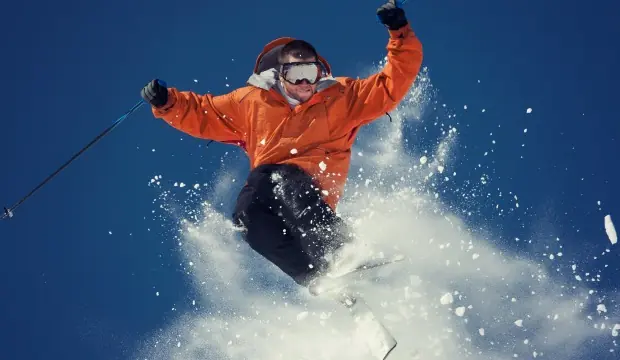
Heli-skiing or cat-skiing—If you've covered all of the in-bound terrain and back bowls at your favorite resorts, the next step would be to head up the mountain in a Snowcat, the truck-sized vehicle used to move snow and groom trails. If you're feeling really adventurous, you can head further into the wild with a helicopter. Both of these types of skiing are for experts only. You'll be in straight backcountry with fresh powder, and endless chutes, steeps, and bowls, along with spectacular views. Most days will usually include around 10 runs and upwards of 12,000 vertical feet. Many resorts, as well as individual outfitters in the heart of the mountains, offer half-day or full-day cat-skiing tours. The most cost-effective option? Keystone's Outback Shuttle runs for three hours each day to take skiers and riders up to the Outback bowls at only $5 a trip.
Heli-skiing might be the ultimate ski adventure you can have and what you'll often see in professional ski and boarding films. You load yourself and all of your gear into the helicopter, and head up to ride some of the deepest powder out there. Popular destinations include British Columbia and Alaska. These trips are pricey—think thousands of dollars—but are well worth it. With any type of backcountry riding, avalanches are always a danger. Guides will have the knowledge of what runs are safe to ride each day.
Type of ski: Powder skis that are fat and floaty—you'll be flying.
Freestyle—Freestyle skiing includes any type of jumps or tricks, whether in the park and half-pipe or in the backcountry on natural terrain. With freestyle, it's all about performance and executing tricks, like a Backside Triple Cork 1400, which involves spinning and flipping corkscrew-style through the air. Although all snow sports can be dangerous, freestyle is especially dangerous because of the height that skiers get off of jumps or the half-pipe, and the boundaries that the athletes are constantly pushing, like Sarah Burke. In early 2012, Burke, a popular freestyle skier and X-Games champ, died due to a head injury after a training run in a half-pipe in Utah. If you're interested in pushing your aerial skills, start with a lesson.
Type of ski: Twin tip skis can be used both backward and forward with no directional preference, which is perfect for landing backwards while throwing a 180. Most twin tips have a wide enough base that they'll be adequate not only in the park but also in powder.
- 3
- of
- 4
About the Author

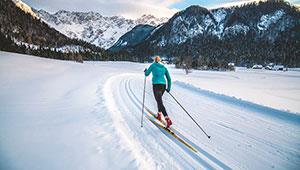
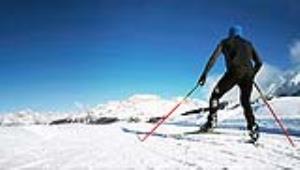
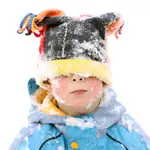
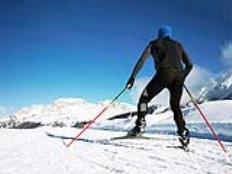
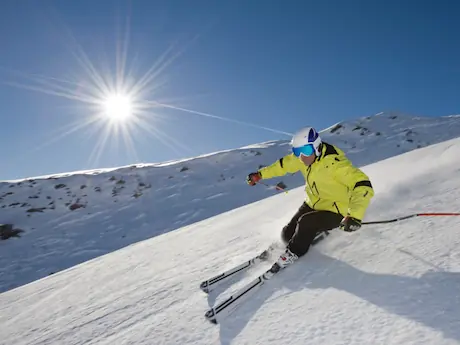
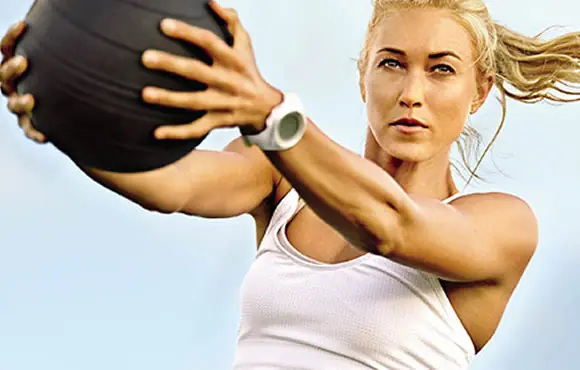
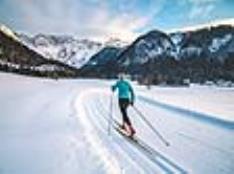
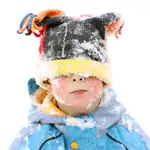
Discuss This Article